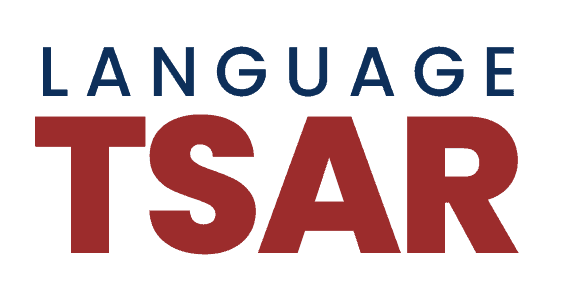Many teachers feel that social media is a barrier to their students’ learning. However, the ease of use and accessibility mean that it’s actually an excellent tool for learning. It’s all down to just how you use it in your studies. Here’s how you can use social media to teach and learn another language.
Everyone Uses Social Media
Ok, maybe not everyone uses social media, but a huge percentage of the population does. If you bring social media into learning, your students are going to know how to use it right away. It saves a lot of valuable time, so you can start teaching the language, rather than how to use the platform. “If you use existing platforms, such as Facebook, you’re one step ahead” says language tutor Janet Yates from Best Australian Writers. “You can get right into the learning, as your students will already have an account with them.”
Take Learning Outside Of The Classroom
There’s lots of reasons why classroom education is important, but it isn’t the be all and end all of learning. Social media offers you the opportunity to bring that learning into your students’ everyday lives. They can learn in a more informal setting, which can take a lot of the stress of learning away from them. It also gives them more opportunities to learn.
Different Ways To Learn
All social platforms are not the same. They actually offer different functions, depending on their main feature. For example, Instagram is focused on image sharing, while Tumblr is a blogging platform. You can pick a platform that’s right for you and your students. For example, if blogging is the way to go, you can use sites such as State Of Writing or Revieweal to share ideas. If you’re more interested in starting up conversations, then a site like Facebook would be the way to go.
Offer An Up To Date Way Of Learning
Your language textbooks are a good basis for learning. They’ll give your students the basics, and show them how the language is put together. However, they’re not the most up to date way to learn. Every language evolves and changes over time, and the best way to see this is on social media. Allowing your students to see the language being used naturally online will teach them how native speakers are talking in that language, right now.
Learning Is Accessible Everywhere
Using social media gives your students the chance to learn wherever they are. They can converse with native speakers, check out blogs, or watch videos no matter where they are, if they’re using their phone to access content. As so many people do choose to access content in this way, it means they can take their learning on the go. As such, it means there’s no excuse for a student not doing their homework!
Reach Out To Non Traditional Learners
There’ll be some students in your class that don’t really gel with the more traditional methods of learning. They may find learning a language dry when they’re only able to access it once a week, from a textbook in your classroom. Offering learning through social media can change things for them. It shows the language in a more natural habitat, and shows that there’s a reason for learning it. It’s amazing just how much you can engage non traditional learners in this way.
How To Use Social Media In Your Own Teaching
Are you convinced? Then you can start using social media in your own teaching too. Here’s how.
Pick a platform to use: “My teacher chose to use Facebook in our lessons, as most people were already on it” says language leaner Daniel Neilson from Australian Reviewer. “This made it easy to get together online and start working.” Choose the platform that will work best for your students, and stick to it.
Encourage students to work together: Social media makes it easy for students to get together and work on projects, even when they’re not in the same space. Develop projects that not only use social media, but encourage students to get stuck in online and start talking to others in the language they’re learning.
Insist on quality: Just because they’re working online, doesn’t mean that you can let standards slip. Tell your students you expect the same high quality you’d want from them at any other time. You can encourage them to use tools like Grammarix to check their writing and grammar, before they post online.
As you can see, there’s all kinds of reasons why social media is such a great language learning tool. Try bringing it into your own lessons, and you’ll see the real difference that it can make to your students. Make learning more accessible and rewarding by putting social media to use.


Michael has been an avid language learner and traveler for many years. His goal with LanguageTsar is to discover the most fun and effective ways to learn a language. He is currently learning Japanese, French and Indonesian.



Comments are closed.